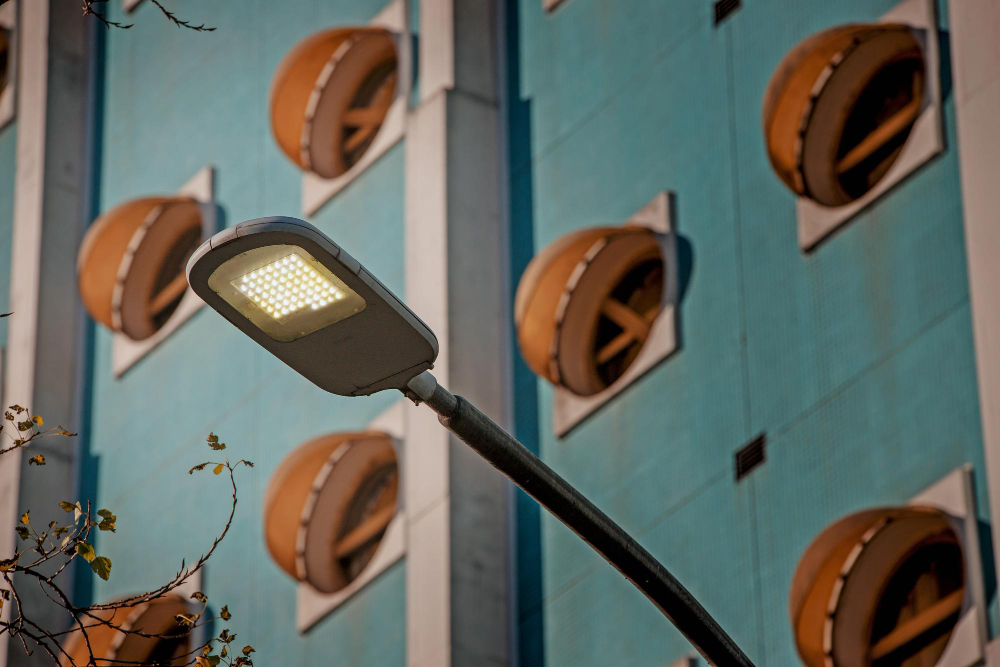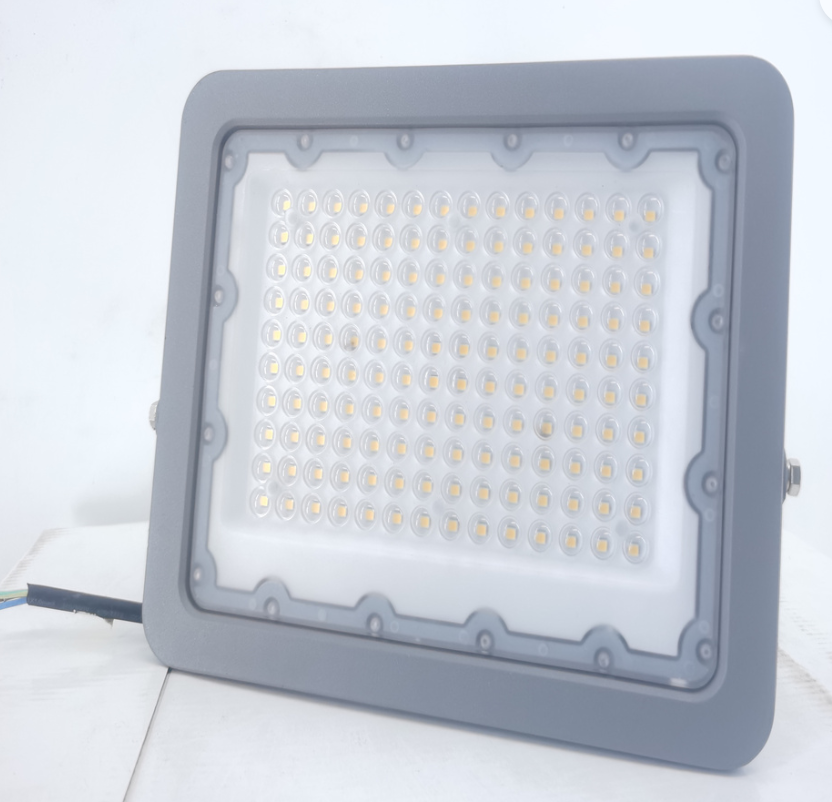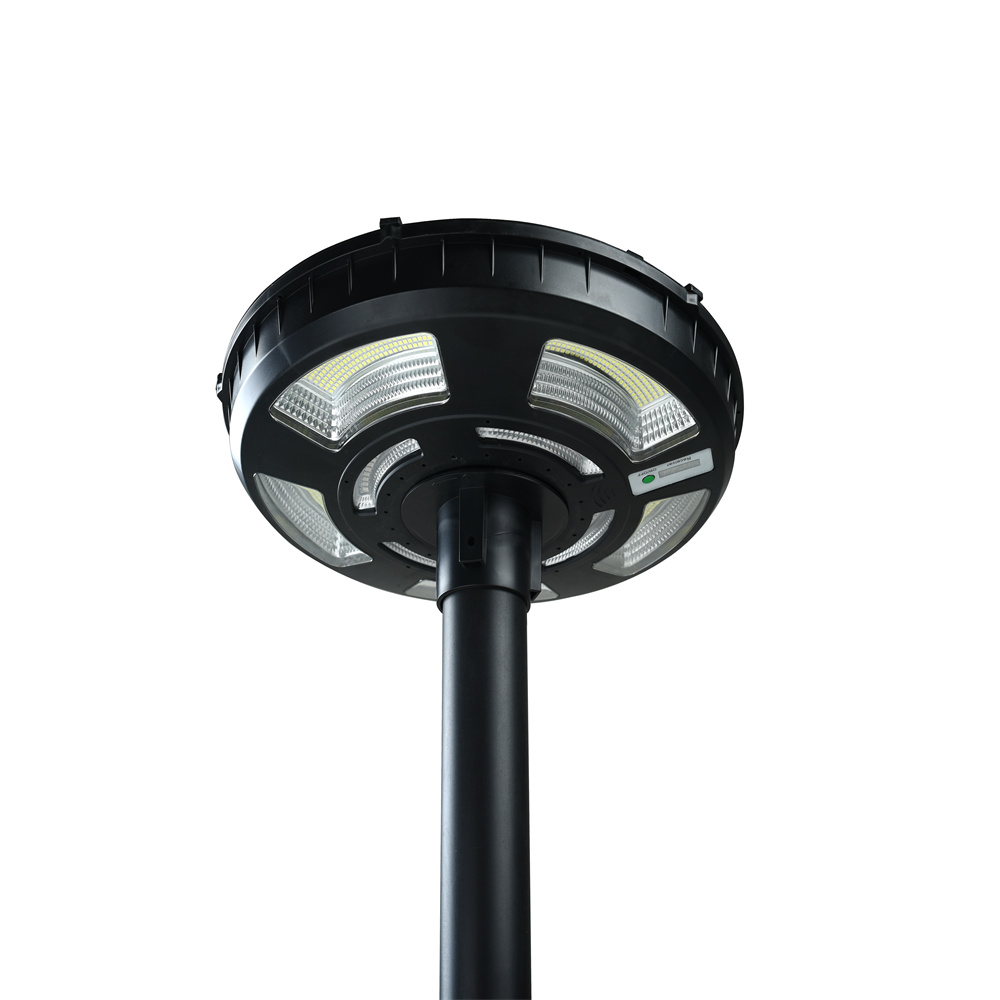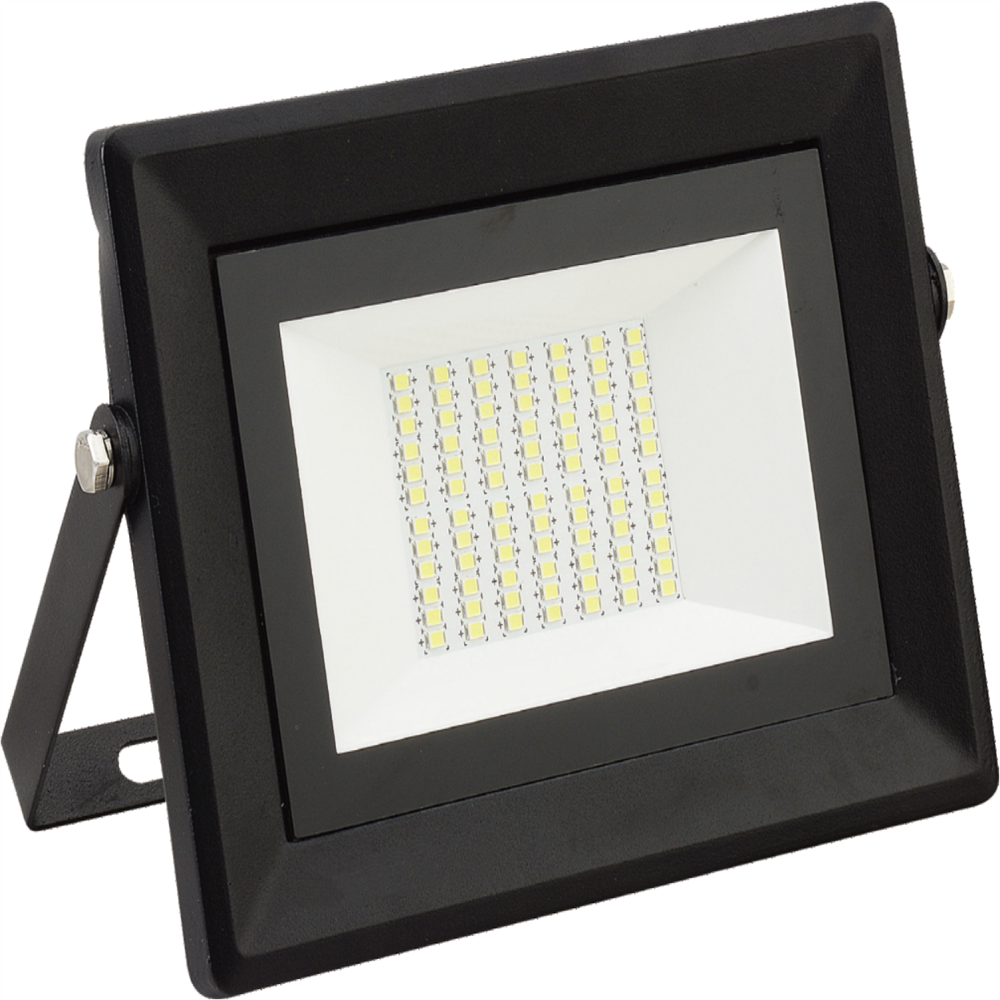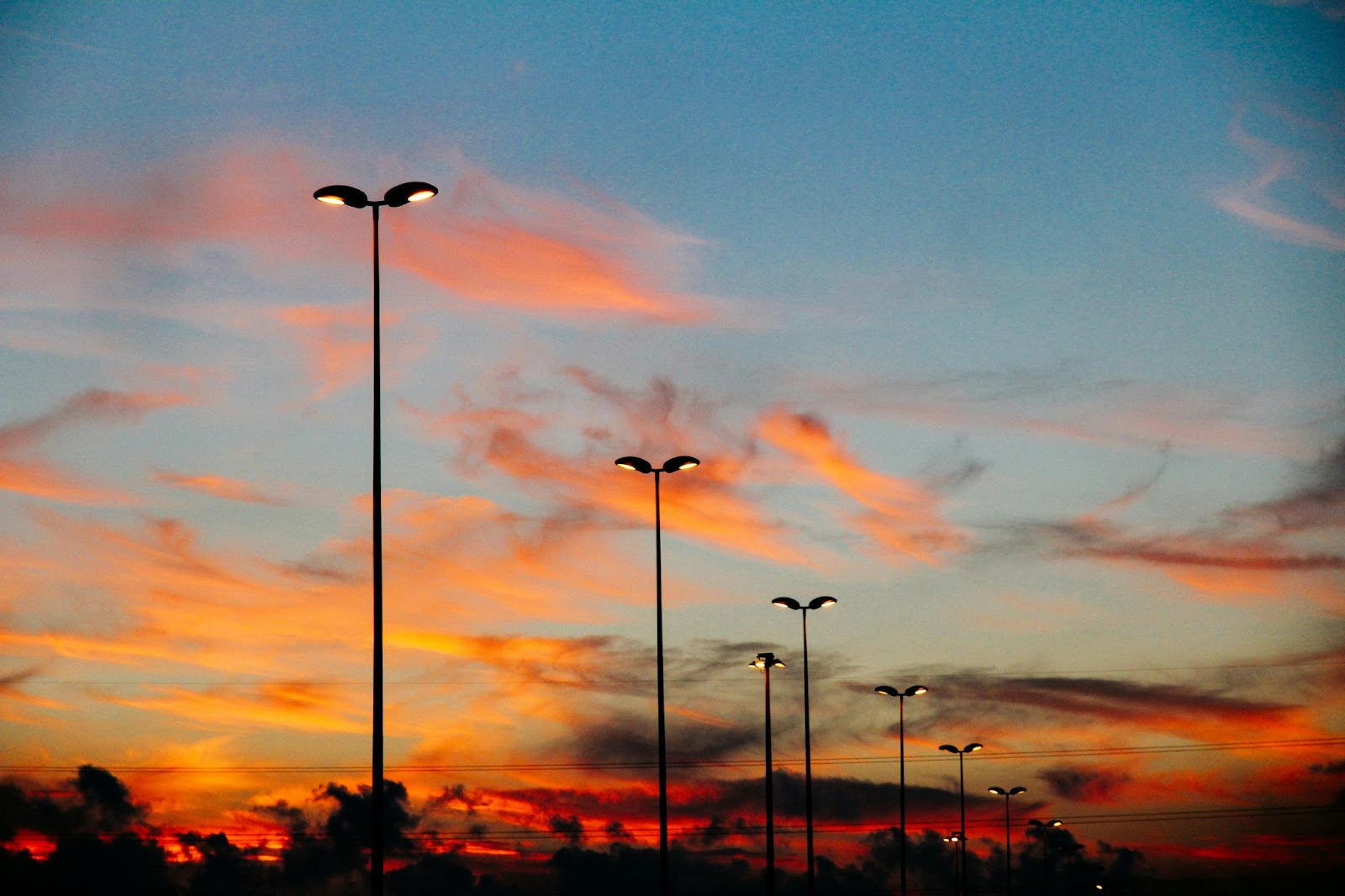Stadium lights are an essential part of any professional or recreational sports facility. They provide bright, even lighting so players and spectators can see the action after daylight hours. Here’s an in-depth look at the key features and technologies behind modern stadium lights. Purpose of Stadium Lighting Outdoor sports stadiums, fields, and arenas require high-quality lighting to […]
Stadium lights are an essential part of any professional or recreational sports facility. They provide bright, even lighting so players and spectators can see the action after daylight hours. Here’s an in-depth look at the key features and technologies behind modern stadium lights.
Purpose of Stadium Lighting
Outdoor sports stadiums, fields, and arenas require high-quality lighting to support night games, matches, and events. LED stadium lights allow play to continue into the evening. The lights illuminate the playing surface so players can track the ball and each other. Fans and cameras can follow the action as well. Major purposes include:
- Allowing games and competitions to proceed after dark
- Providing visibility and safety for players
- Enabling TV broadcasts of night games
- Creating an exciting environment for spectators
Without proper outdoor stadium lighting, many professional and recreational sports would be limited to daytime hours.
Key Features of Modern Stadium Lighting Systems
Modern stadium lights have evolved dramatically thanks to LED technology and innovative optics. These advanced systems provide unmatched illumination, control, and reliability for sports facilities.
High Lumen Output
The most vital aspect of any stadium lighting system is delivering sufficient light to the playing surface. The latest LED stadium lights achieve extremely high lumen outputs, up to and exceeding 150,000 lumens per fixture. For reference, a typical 400W metal halide lamp produces around 50,000 lumens.
To light a professional football or soccer stadium requires luminaires emitting over 1,000 lumens per square foot. This intense, focused light evenly blankets the entire field to support HDTV broadcasts and provide visibility. The dazzling illumination creates an electric atmosphere for night games.
Precise Optical Control
LED stadium lights utilize precision optics like internal reflectors and external lenses to aim light exactly where needed. By controlling the optics, less spill light is wasted, improving area lighting uniformity. Uniformity metrics are critical for sports; governing bodies often mandate that light levels vary less than 10% across the field.
Proper aiming also reduces glare. Fixtures are arranged and aimed to minimize shadows in player’s sight lines. This Premiers highly uniform, glare-free illumination ideal for sports.
Durable, Weatherproof Construction
Because most major sports facilities are outdoors, outdoor stadium lighting must withstand the elements. Housings are engineered for hurricane-force winds up to 150 mph. Specialized optics shed water to prevent interior condensation. And industrial-grade LEDs operate in -40°F to +150°F ambient temperatures.
Rugged materials like powder-coated aluminum resist corrosion for decades of reliable operation. Thanks to this durable construction, modern LED stadium lights work dependably for 30 years or longer.
Instant Lighting Control
Unlike old metal halide and HID technology, LEDs switch on/off instantly. This allows operators to turn the lights on only when needed, like for pregame events or between innings. Instant on/off also enables dynamic effects like strobes, color changes, and dimming for a more exciting spectator environment.
Monitoring systems even allow remote control and reconfiguration from anywhere. Operators can tune light levels, schedules, and effects for optimal visibility, safety and energy savings.
High Efficiency Operation
A major benefit of LED sports lighting is drastically improved energy efficiency. By producing the same or greater lumen output at a fraction of the energy, utilities costs are slashed 50% or more compared to old 1000W metal halide stadium flood lights.
Over decades of use, the energy savings far outweigh the upfront cost of installing LEDs. For resource conservation and operating expense reduction, high-efficiency LEDs are ideal for sustainable, cost-effective stadium lighting.
Critical Stadium Lighting Design Considerations
Creating an effective sports facility lighting system requires careful design thinking. The lighting must not only provide adequate light levels, but do so comfortably, uniformly and reliably. Here are some of the most important factors lighting designers consider:
Meeting Illumination Standards
The first goal is ensuring the stadium lighting meets governing body requirements for the given sport. For example, FIFA mandates an average of 500 lux for match practice and 1500-2000 lux for television events. The NFL suggests at least 2500 lux for pro football games. Major college sports also publish lighting guidelines.
To determine the right number, distribution and aiming of LED sports lights, designers run complex computer models. The simulations consider metrics like horizontal and vertical illumination, uniformity ratios, and glare factors. This results in a lighting design tailored for optimal visibility for that particular field.
Optimizing Uniformity
While delivering sufficient overall light, it’s also critical to distribute that light uniformly across the playing area. If some zones are brighter and others dimmer, visibility suffers.
To achieve uniformity, designers carefully arrange the sports lighting mounting locations and projections. Fixtures must overlap without creating hot spots or shadows. Consistent color and luminance across all luminaires also supports uniformity. With careful aiming and alignment, the lighting variations can be kept under 10%.
Minimizing Glare
No matter how bright the lights, excessive glare will impair player vision. To combat glare, LED stadium lights utilize shielded optics, visors, and precise aiming angles. The goal is to eliminate or soften harsh shadows and light spills in players’ eyes.
By controlling LED brightness and focusing optical distribution, modern LED sports lighting delivers outstanding uniformity with minimal glare.
Structural Integrity
Finally, the mounting structures must provide rock-solid stability even under hurricane winds, ice loading, and decades of vibration. Engineers evaluate wind shear, stresses, natural frequencies and fatigue to model each structure’s resilience. Critical connections are galvanized or stainless steel. With sturdy poles and foundations, the LED stadium lights will maintain optimal alignment for years, come rain or shine.
By addressing these key factors, lighting experts create fully customized solutions tailored for each facility’s unique needs and climate. The result is world-class LED stadium lighting supporting peak sports performance and an unforgettable fan experience.
Conclusion
When done right, a high-quality LED sports lighting system will provide great visibility for 20-30 years. Though an expensive investment, the energy savings and low maintenance make it worthwhile for arenas, stadiums, and recreation departments. Thanks to innovative stadium flood lights, the games can continue under the lights.
Ready to upgrade your sports lighting for decades of superior performance? Discover the cutting-edge solutions offered by RRRlighting and illuminate your arena with brilliance for years to come.





